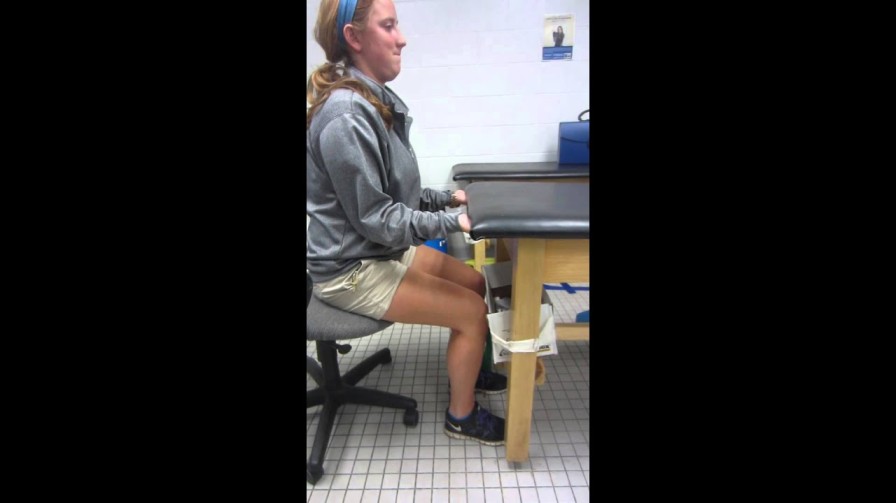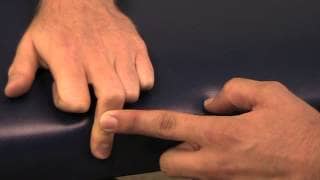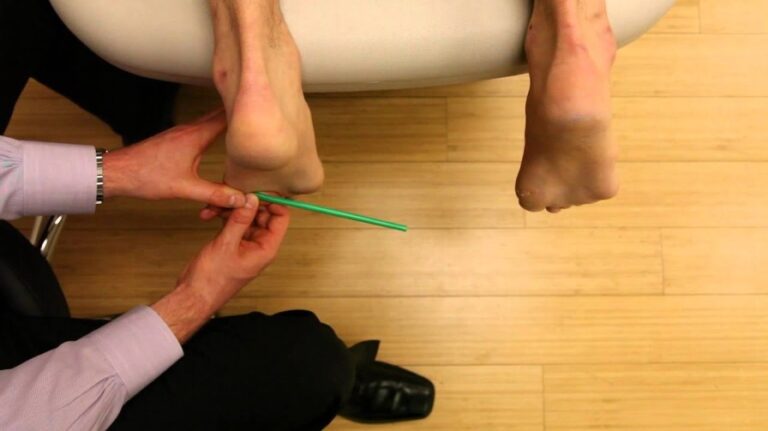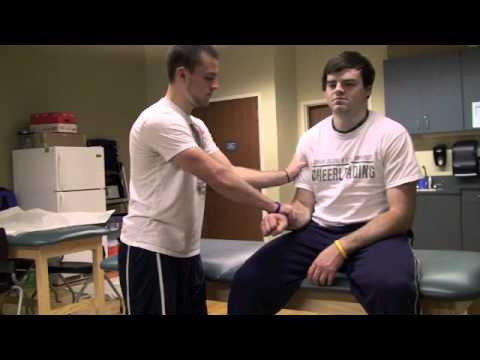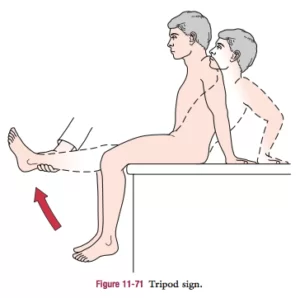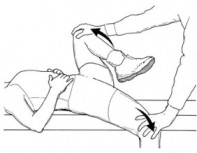Supination Lift Test:
- This Supination Lift Test helps to determine whether pathology is presented in the TFCC Means triangular fibrocartilage complex.
- This Supination Lift Test is also been described for the localized tear into the dorsal Triangular fibrocartilage complex, peripheral.
- With the Supination Lift Test patient is feel pain when attempting to lift the examination table with the help of palm flat on the underside of the examining table.
- This forces a load across to the TFCC means triangular fibrocartilage complex with the wrist joint in supination position & extended which is causing the dorsal impingement &it is useful in the diagnosis of the dorsal TFCC means triangular fibrocartilage complex tear & peripheral.
What is the purpose of the Supination Lift Test?
- This Supination Lift Test is used to check the determine of the pathology in TFCC means triangular fibrocartilage complex.
How do you perform the Supination Lift Test?
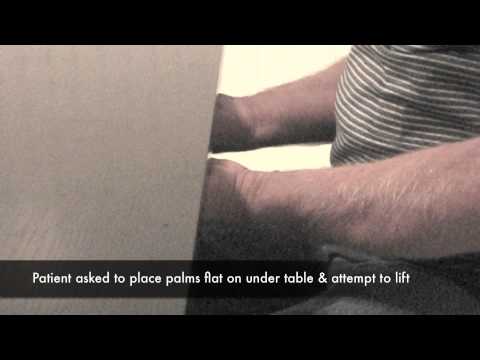
- The starting position of the test for the patient is the sitting position.
- So that the patient is seated with elbows flexed to 90′ & forearm in supination position.
- After that, the therapist [ examiner ] instructs the patient to place the palms flat on the underside of a heavy table.
- Then the therapist [ examiner ] instructs the patient to lift the table.
What is the result of the Supination Lift Test?
- If the patient fell the localized pain on the ulnar side of the wrist & difficulty applying the force are positive indications for a dorsal TFCC [ Triangular fibrocartilage complex ] tear.
- The patient is feeling the pain on forced to ulnar deviation movement which is causing the ulnar impaction is a symptom of TFCC tears.
Key Research of the Supination Lift Test:
- Mikic
- It is applied this test in the 180 wrist joints means in the 180 patient into 100 cadavers, which is ranging in the age from the fetuses to 94 years.
- This study is demonstrated that degeneration of the triangular fibrocartilage complex = TFCC begins in the third decade of the patient life & progressively increases in frequency & severity in the subsequent decades.
- After the fifth decade of life, the study noted no normal-appearing in TFCC = triangular fibrocartilage complex.

